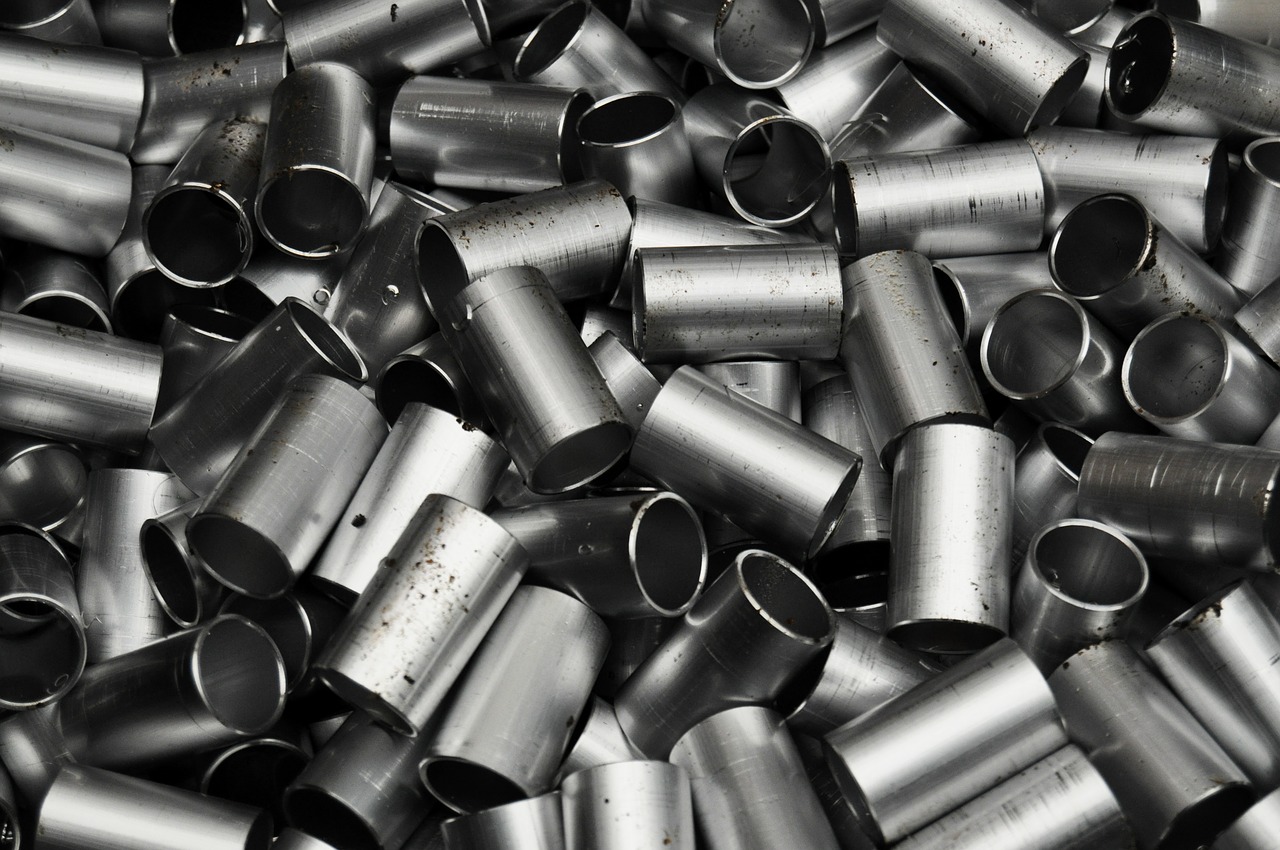Materials science, as a branch of broadly understood construction knowledge, is certainly not among the simplest disciplines, and some commonly used terms and abbreviations in the industry are sometimes taken too literally — even by professionals. In the case of stainless steel, misunderstandings quite often occur between specialists selling stainless steel components and their clients. Contrary to what one might think at first glance, stainless steel can corrode (rust). However, corrosion appears only under specific conditions — usually as a result of human error, such as improper material selection.
Improper processing and surface contamination can cause rust to appear
The production process of stainless steel requires strict adherence to all precisely defined procedures. Otherwise, the finished components will either fail to acquire the required properties or lose them very quickly. According to experts from INOX Polska, a company specializing in the import and distribution of stainless steel products, some manufacturers do not pay enough attention to the specifications of their products. It happens that they use metallurgical methods typical for other types of steel, which do not perform adequately for stainless grades. Other common issues include improper storage and transportation, as well as contamination of the outer layers of stainless steel with particles from other materials. Even small amounts of carbon steel increase the susceptibility of the entire component to corrosion. This is why distributors carefully select which importers and manufacturers they establish long-term cooperation with. Proper storage of finished stainless steel products is also essential. INOX Polska has appropriately adapted warehouse and logistics facilities dedicated exclusively to stainless steel products.
The specification of stainless steel must match the conditions of use
When the final result deviates from expectations, it is necessary to analyze the causes of the problem. Buyers also make mistakes — often guided solely by price and failing to devote sufficient attention to detailed technical specifications. Stainless steel is divided into four main types depending on its chemical composition and manufacturing method. These are:
Austenitic steel
Ferritic steel
Ferritic-austenitic (duplex) steel
Martensitic steel
Additionally, each of the groups listed above includes between four and sixteen individual grades! In total, according to the European Standard EN 10088, there are as many as 31 grades of stainless steel with various specific properties. Therefore, products such as pipes, balustrade components, flat bars, other structural elements, and marine hardware must have the appropriate parameters suited to loads and environmental conditions. The specialists at INOX Polska can certainly advise which steel grade is best suited for a particular application.
Comments are closed.

